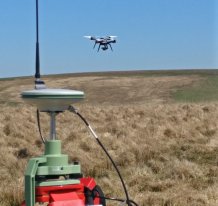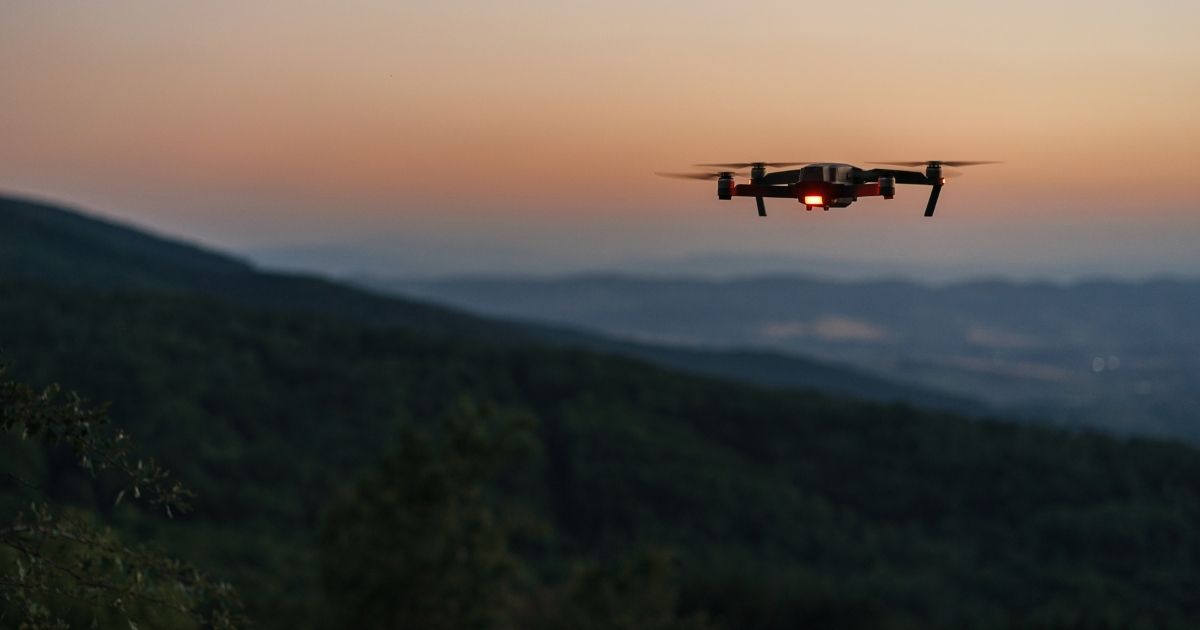Drones are a powerful tool for conservation – but they should only be used after careful consideration and planning, according to a new report.
The report, commissioned by the global conservation organization WWF, outlines "best practices" for using drones effectively and safely, while minimizing impacts on wildlife. This is the 5th issue in a series on Conservation Technologies and Methodologies.
 Credit Dr Karen Anderson
Credit Dr Karen Anderson
The lead authors are Dr Karen Anderson and Dr James Duffy, of the Environment and Sustainability Institute at the University of Exeter.
"This is a detailed handbook for conservation practitioners -- not just academics -- to understand the benefits, opportunities, limits and pitfalls of drone technology," Dr Anderson said.
"Drones are often hailed as a panacea for conservation problems, but in this guide we explain -- with reference to detailed case studies by conservation managers and scientists -- how and where drones can be used to deliver useful information, and what the key considerations surrounding their use can be."
Dr Karen Anderson leads the University of Exeter's DroneLab, and the research done within her group has developed and guided drone methodologies within geography, ecology and environmental science.
The WWF worked with the Exeter team to produce this report, after being introduced to their DroneLab for a hands-on training a few years ago.
Co-author Aurélie Shapiro is a Senior Remote Sensing Specialist from WWF Germany's Space+Science group. She said: "I bought a drone online, like many people because we had a lot of applications for this accessible technology.
"Through the DroneLab I realized I had a lot of homework to do with regards to ensuring safety both for humans and wildlife in my research.
"Instructions on how to plan, what to consider -- among a myriad of technological options -- are priceless.
"It was clear we needed to communicate this wealth of information to the growing drone community so that scientists lead by example with good protocols."
The report includes examples of practical case studies from conservationists and environmental scientists and includes a list of drone "best practices":
- Adopt a "precautionary principle." Little is known about different animals' sensitivity to drones, and care should be taken if endangered species or sensitive habitats are involved.
- Researchers should follow all ethical rules and processes set by their institution.
- Be aware of local and national rules and laws, and seek approval when appropriate.
- Use the right drone for the job, being aware of the impact of noise and visual stimulus on target and non-target species.
- Minimize wildlife disturbance by launching and landing away from animals, maintaining distance and keeping flight movements steady.
- Monitor humans and animals during flights. If distress is being caused, stop.
- Report methods and results accurately in publications, to assist good practice by others.
By University of Exeter
Journal Reference:
Duffy, P., Anderson, K., Shapiro, A.C., Spina Avino, F. L. DeBell & Glover-Kapfer, P. Drone Technologies for Conservation. WWF Conservation Technology Series, 2020





